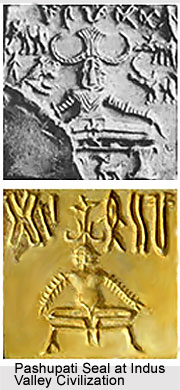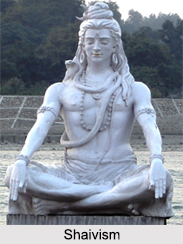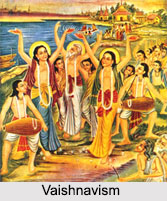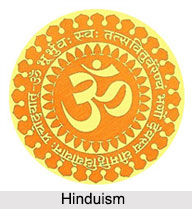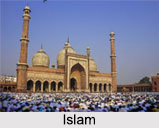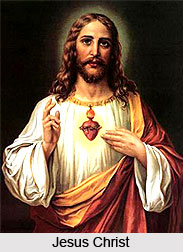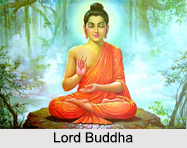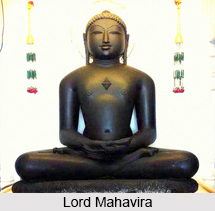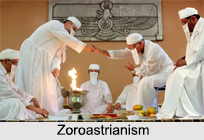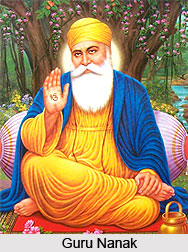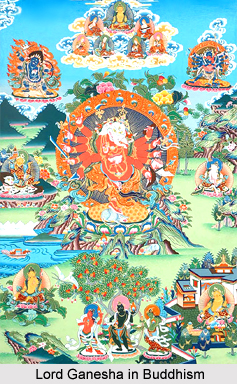 Lord Ganesha is widely worshipped in Buddhism. Several Hindu deities were adopted by Buddhists with the intention of worship or for portraying them in humbling conditions. Lord Ganesha was adopted in Buddhism for both adoration and humiliation. Lord Ganesha is depicted as the Buddhist deity Vinayaka in Buddhism. He is also presented as the popular Hindu god Vinayaka as well. Several images of Ganesha are found in the Buddhist texts that belong to the Gupta period. The Buddhist form of Vinayaka is generally presented in the dancing stance which is also known as Nritya Ganapati.
Lord Ganesha is widely worshipped in Buddhism. Several Hindu deities were adopted by Buddhists with the intention of worship or for portraying them in humbling conditions. Lord Ganesha was adopted in Buddhism for both adoration and humiliation. Lord Ganesha is depicted as the Buddhist deity Vinayaka in Buddhism. He is also presented as the popular Hindu god Vinayaka as well. Several images of Ganesha are found in the Buddhist texts that belong to the Gupta period. The Buddhist form of Vinayaka is generally presented in the dancing stance which is also known as Nritya Ganapati.
Worship of Lord Ganesha in Buddhism
The Buddhist scripture of Sadhanamala mentions that Lord Ganesha is adored like other Buddhist deities. The elephant-faced god is depicted with red complexion and has matted locks of hair. He is beautified with ornaments and has a single elephant head, twelve hands and a pot belly. His different hands show various attributes. He is shown in the arddhaparyankasana stance in dancing posture. The Lord is portrayed with a single tusk and three eyes. Ganesha carries a battle axe, a kapala filled with meat or blood, a khapanga and a phalaka. A divine mouse serves as his vahana or mount.
The Buddhist work of Nispannayogavali depicts Lord Ganesha in white complexion mounted over a mouse. The deity has the head of an elephant and a serpent serves as the yajnopavita (sacred thread). Ganesha has four arms and carries a radish and a battle axe in his left hands and holds sweet balls or modaka in his right hands.
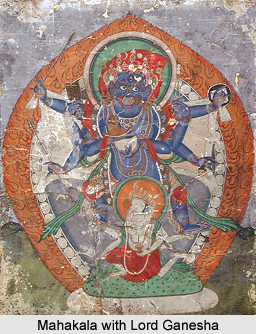 Moreover, Ganesha is also considered as a protector and a guard in Buddhism. In the Gelugpa monastery, located in Tabo, Himachal Pradesh, an image of the Lord is enshrined alongside the main entrance of the monastery to guard the complex. The deity is also situated above a wooden arch in a Mahayana Buddhist temple at Tabo. The image is elaborately carved and placed with Buddhist deities. Another image of Ganesha is painted over the main gate of the shrine at the temple of Lha khang.
Moreover, Ganesha is also considered as a protector and a guard in Buddhism. In the Gelugpa monastery, located in Tabo, Himachal Pradesh, an image of the Lord is enshrined alongside the main entrance of the monastery to guard the complex. The deity is also situated above a wooden arch in a Mahayana Buddhist temple at Tabo. The image is elaborately carved and placed with Buddhist deities. Another image of Ganesha is painted over the main gate of the shrine at the temple of Lha khang.
In Tibetan Buddhism, the elephant-headed Lord is shown in various forms. In one of the forms, Ganesha is shown being tromped by Mahakala, a Buddhist god. Another form portrays Lord Ganesha as the Destroyer of Obstacles. Maha Rakta Ganapati, meaning the Great Red Lord of Ganas is a Tantric Buddhist form of the Lord. It is associated with the Chakrasamvara Cycle of Tantras. Maha Rakta Ganapati is considered as an emanation of the bodhisattva Avalokitesvara. This incarnation of the deity belongs to a set of 3 powerful gods known as the Three Great Red Deities (Mar Chen Kor Sum). They are included in a greater set known as the Thirteen Golden Dharmas of Sakya. In various depictions of the six-armed deity Mahakala, an elephant-headed figure, known as Vinayaka, is shown being trampled by Mahakala, the protector of Dharma. In different Buddhist art, Ganesha is shown as a submissive god.
In several Buddhist scriptures, Aparajita, a Buddhist Tantric goddess, is shown trampling over Lord Ganesha. A sculpture was discovered in Nalanda, where Aparajita is shown placing her left leg over the stomach of Lord Ganesha who is lying on the ground. Another such sculpture can be found in the Patna Museum where the Buddhist Tantric goddess with two arms stands over the Ganesha. The elephant-headed god lies helplessly on the ground.
Buddha as Lord Ganesha
The Ganesha Sahasranama of Ganesha Purana mentions that Gautama Buddha is one of the names of Lord Ganesha. The name of Buddha is mentioned in the beginning of Ganesha Sahasranama. This signifies that this name was considered significant by the authors who belonged to the Ganapatya Sect. The commentary of Bhaskararaya on the work of Ganesha Sahasranama mentions that Lord Buddha was an avatar of Lord Ganesha or Ganapati. However, Lord Buddha is not cited as one of the many incarnations of the Lord in the major sections of the Mudgala Purana and the Ganesha Purana. Bhaskararaya also states that Ganesha is a form of eternal enlightenment or Nityabuddah and so the deity is named as Buddha.
A sculpture from Karnataka shows a four-armed Lord Ganesha seated in the Padmasana position. His lower right hand touches the earth and the lower left hand is placed in front. The hand that touches the earth also carries a rosary. The other arms carry a burning flame and a goad. His divine mount, a mouse carrying a sweet ball, is placed towards the left. This figure of Ganesha resembles the sculptures of Lord Buddha seated in the Bhumisparsha Mudra which is common in Buddhist art. The image is an adoption of the episode of the enlightenment of Lord Buddha.
Therefore, Lord Ganesha is assigned the highest position in Buddhism where the deity is considered to be a form of Lord Buddha.
